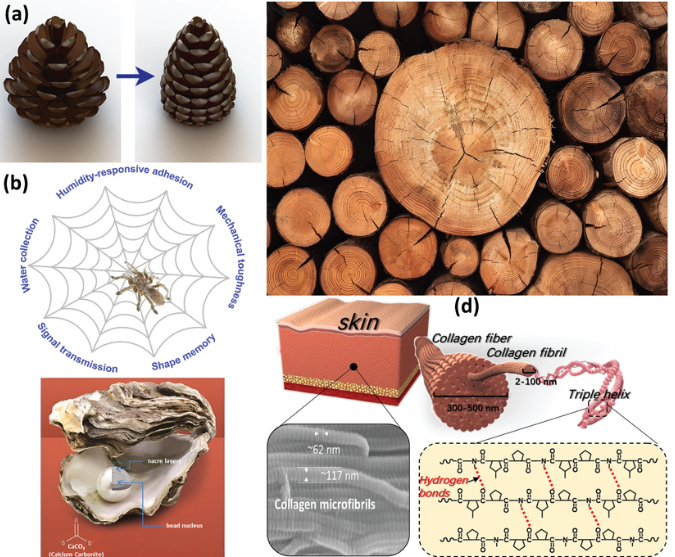NTU Scientists Develop CO2-Capturing 3D Concrete Printing Method
- Aniksha Kar
- Dec 21, 2024
- 2 min read

Scientists at Nanyang Technological University, Singapore (NTU Singapore), have achieved a significant breakthrough in sustainable construction with a new 3D concrete printing method that captures and stores CO2 within the finished product. This innovative approach offers a promising pathway for decarbonizing the construction industry, a sector that contributes significantly to global carbon emissions.
The Challenge of Cement and CO2 Emissions
Cement, a key component of concrete, is responsible for approximately 8% of global CO2 emissions. Traditional cement production is an energy-intensive process that releases large amounts of greenhouse gases into the atmosphere. Finding sustainable alternatives and methods to reduce the carbon footprint of concrete is crucial for mitigating climate change.
NTU's Innovative Solution: Steam and CO2 Injection
Led by Professor Tan Ming Jen from NTU's School of Mechanical and Aerospace Engineering (MAE) and NTU’s Singapore Center for 3D Printing (SC3DP), the research team developed a novel 3D concrete printing process that incorporates captured CO2 directly into the concrete structure.
The core of their innovation lies in injecting a jet of steam and industrially captured CO2 into the concrete mix during the 3D printing process. This technique facilitates the incorporation of the CO2 into the concrete's structure, effectively locking it away within the final product.
Enhanced Concrete Properties and Printability
The research, published in the Carbon Capture Science & Technology journal, revealed several significant benefits of this new method:
Improved Mechanical Properties: The steam and CO2 injection significantly enhanced the mechanical properties of the concrete. Compared to conventionally 3D-printed concrete, the new material exhibited a 36.8% increase in strength and a 45.3% improvement in flexibility. This makes the resulting structures more durable and resilient.
Enhanced Printability: Lab tests demonstrated a 50% improvement in printability. This means the concrete can be shaped and printed more efficiently, allowing for more complex and intricate designs. The steam appears to play a key role in workability during the printing process.
Increased CO2 Capture: This innovative printing method locks in 38% more carbon dioxide than other available options, making it a significantly greener alternative to traditional printing approaches. This increased capture rate directly contributes to reducing the carbon footprint of concrete construction.
A Greener Future for Construction
This groundbreaking research offers a hopeful solution for replacing energy-intensive, cement-based conventional construction practices. By effectively capturing and storing CO2 within the concrete itself, this method provides a tangible way to reduce the construction industry's environmental impact.
This work aligns with broader efforts to find sustainable solutions in the building materials sector, such as the work being done by Prometheus Materials, who were recently awarded a role in a $10M DOE grant focused on carbon removal in cement and concrete.
The NTU team's comprehensive work represents a significant step towards decarbonizing the construction industry and creating a more sustainable built environment. By combining advanced 3D printing techniques with CO2 capture technology, they have paved the way for a greener future for construction.




Comments